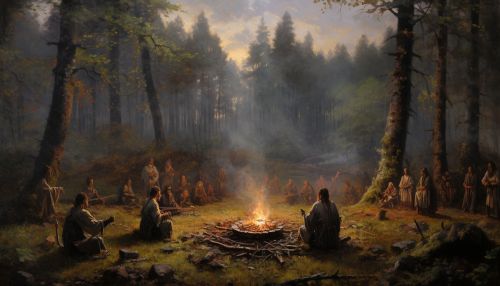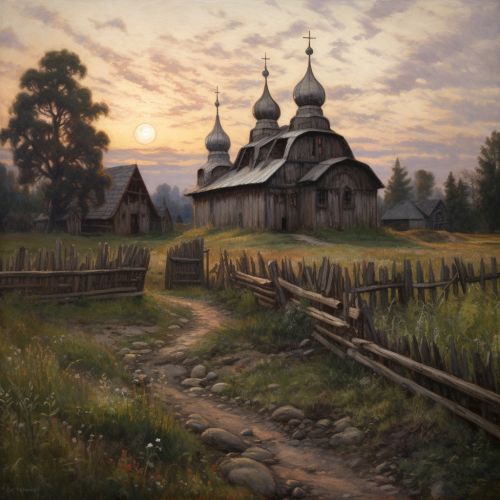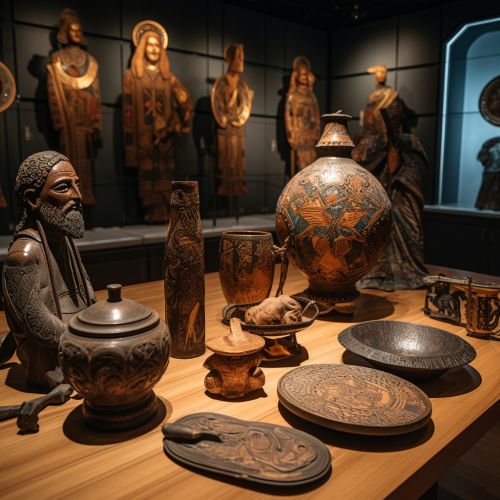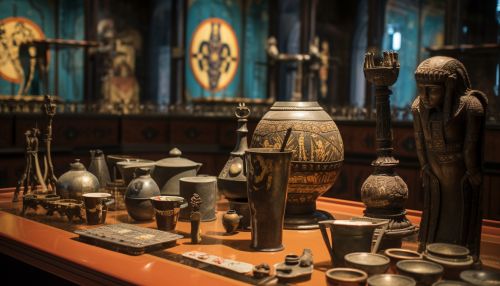Ancient Rus
Origins
The origins of Ancient Rus, or Kievan Rus as it is often known, are shrouded in a mix of historical fact and legend. The primary chronicle, a history of Kievan Rus from about 850 to 1110, originally compiled in Kiev about 1113, provides our earliest and most detailed account of the early years of Rus. According to this chronicle, the Varangians, who were Scandinavian adventurers and merchants, established themselves in the region in the 9th century. The Varangians included the legendary figure of Rurik, who became the progenitor of the Rurikid Dynasty, the ruling dynasty of Rus.


Political Structure
The political structure of Ancient Rus was characterized by a loose federation of principalities. The Grand Prince of Kiev held a pre-eminent position among these principalities. The Grand Prince was often the elder member of the ruling dynasty, but succession was not strictly seniority-based, leading to conflicts and power struggles. The principalities often operated independently, with their own courts, armies, and policies, but they recognized the authority of the Grand Prince, at least nominally.
Society and Economy
The society of Ancient Rus was agrarian and trade-oriented. The majority of the population were peasants who engaged in agriculture and animal husbandry. The society was hierarchically structured, with the ruling princes, boyars (nobles), and clergy at the top, and the peasants and slaves at the bottom. The economy of Ancient Rus was largely based on agriculture, hunting, fishing, beekeeping, and handicrafts. Trade, particularly river trade, played a crucial role in the economy. Ancient Rus had trade connections with the Byzantine Empire, Central Asia, and Northern Europe.


Religion
Religion played a central role in the life of Ancient Rus. The early Rus practiced Slavic paganism, with a pantheon of gods and nature spirits. The most important of these deities were Perun, the god of thunder and war, and Veles, the god of earth, waters, forests, and the underworld. The conversion to Christianity began in the late 10th century, under the reign of Grand Prince Vladimir the Great. The adoption of Eastern Orthodox Christianity from the Byzantine Empire had profound effects on the culture, literature, and art of Ancient Rus.


Culture and Art
The culture of Ancient Rus was influenced by a variety of sources, including the native Slavic traditions, the Varangian heritage, and later, the Byzantine influence. The oral folk tradition, including epic tales known as byliny, was a significant aspect of the cultural life. The art of Ancient Rus, particularly after the adoption of Christianity, was dominated by religious themes. The architecture of Ancient Rus is best represented by the churches with their characteristic onion domes.


Decline and Legacy
The decline of Ancient Rus began in the 12th century, with internal conflicts and the rise of regional centers of power. The Mongol invasion in the 13th century dealt a devastating blow to Ancient Rus, leading to the period known as the Mongol Yoke. Despite the decline, the legacy of Ancient Rus is significant. It laid the foundation for the future development of the Russian, Ukrainian, and Belarusian nations. The cultural, religious, and political traditions of Ancient Rus continue to influence these societies to this day.


